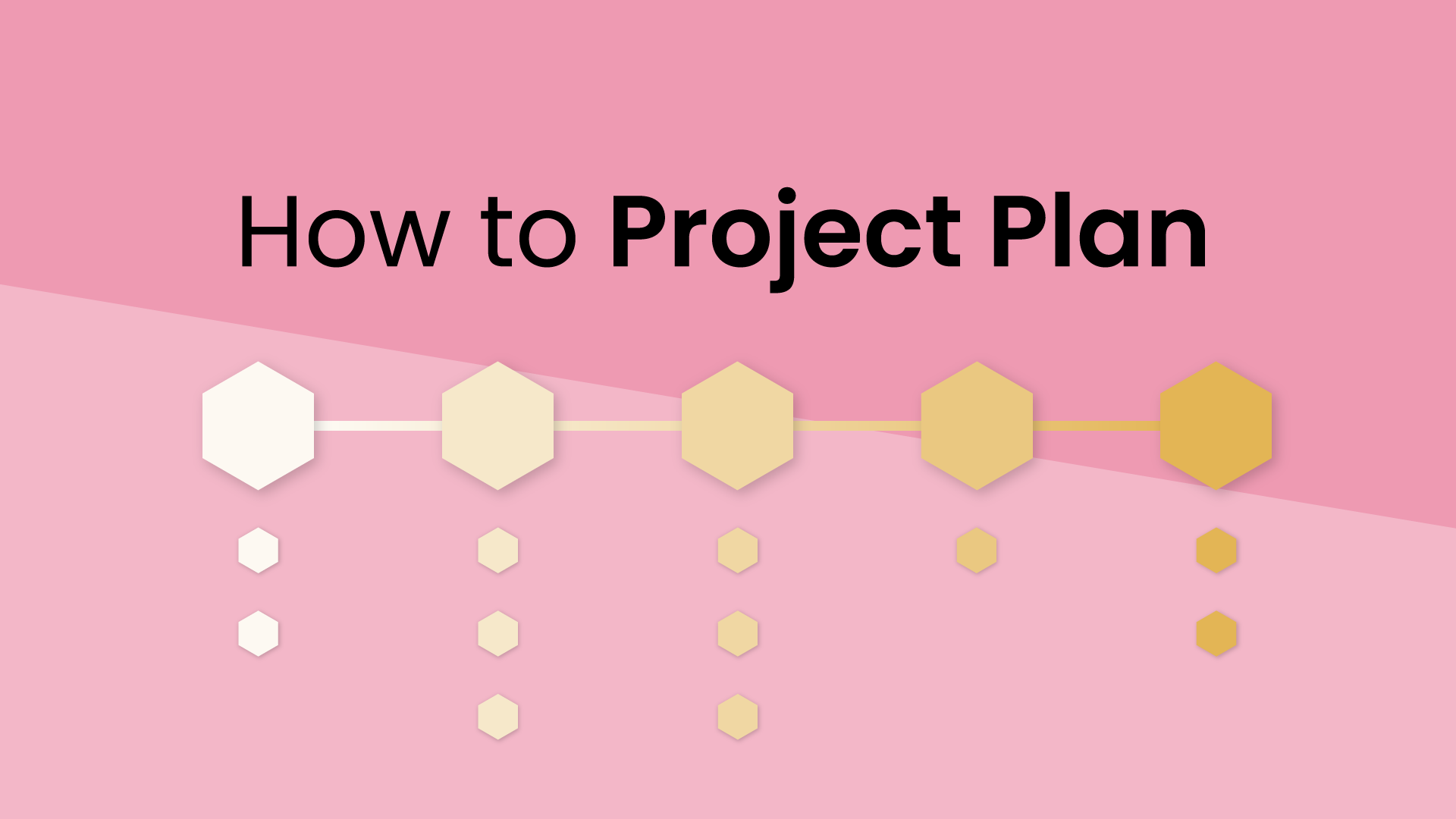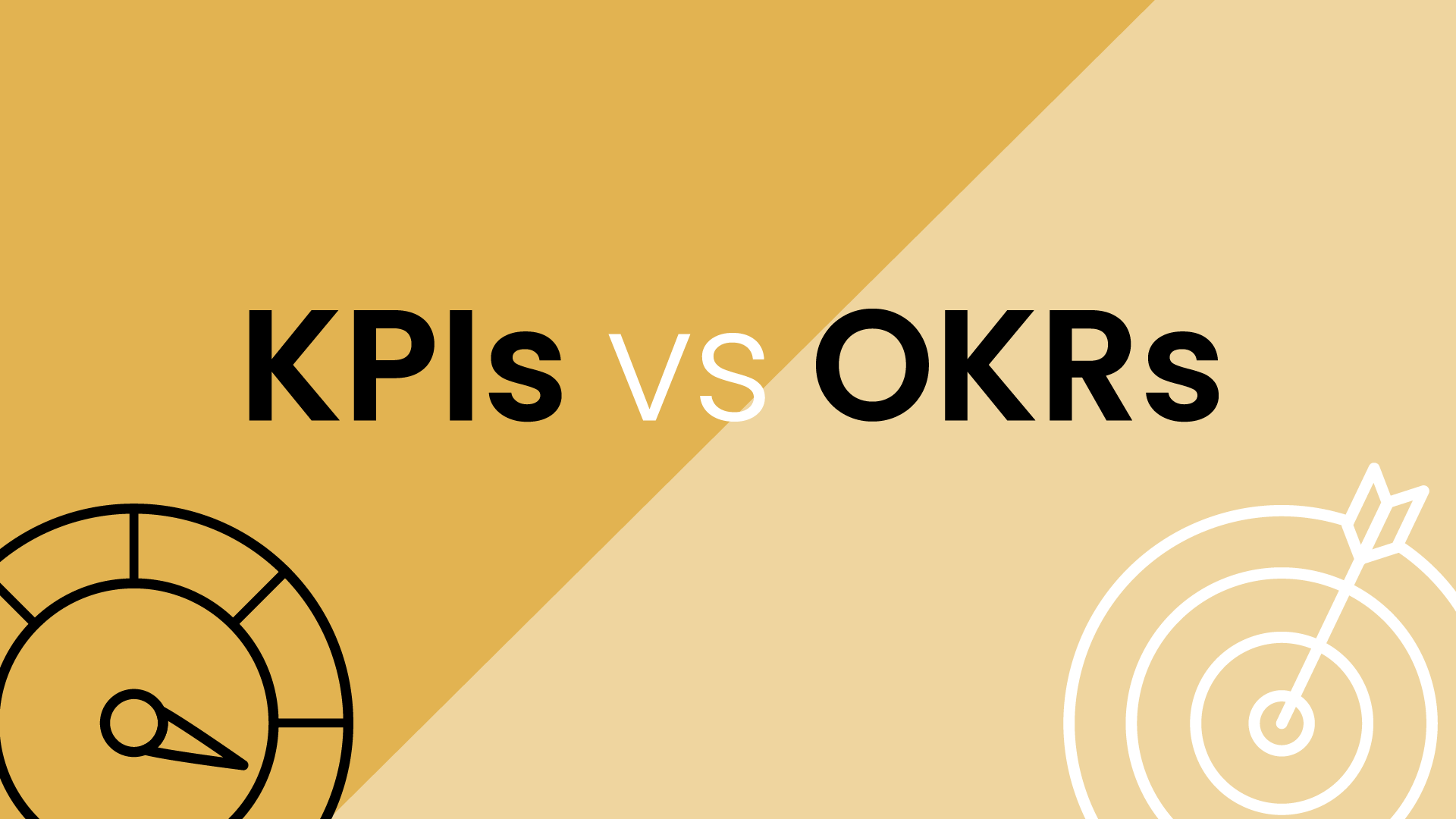What is time management?
Time management is the ability to efficiently organize and prioritize your time to work more productively. It involves strategically dividing how much time you spend across specific activities, such as important tasks, meetings, or planning, to achieve more with your time every day.
Ultimately, time management is about making deliberate choices about your time for tasks and activities that matter most. It requires identifying priorities, setting clear goals, and implementing strategies so your time is used wisely. Effective time management involves managing work-related tasks and also balancing various aspects of life, including personal, professional, and leisure activities.
The benefits of time management
Good time management skills offer countless benefits, positively impacting various aspects of your life. Here are some notable ones:
- Maximizes productivity: Effective time management allows individuals to prioritize tasks, allocate time efficiently, and focus on high-priority activities. By optimizing how time is spent, productivity levels can be significantly increased, leading to more tasks completed in less time.
- Reduces stress: Poor time management often leads to feelings of overwhelm, stress, anxiety, and even burnout. By organizing important tasks and setting realistic deadlines, individuals can avoid last-minute rushes and the pressure of impending deadlines. This results in a more relaxed and balanced approach to work and life.
- Improves decision-making: Time management encourages individuals to assess priorities and make informed decisions about how they use their time. This process enables better decision-making skills as individuals learn to weigh the importance and urgency of various tasks before committing their time and resources.
- Enhances work-life balance: Effective time management enables individuals to assign time to work-related tasks and personal and leisure activities. By striking a balance between work and personal life, individuals can prevent burnout, maintain overall well-being, and enjoy a fulfilling work-life balance.
- Increases focus & concentration: By eliminating distractions and implementing a time management strategy such as time blocking or the Pomodoro Technique, individuals can enhance their focus and concentration on tasks at hand. This leads to improved efficiency and quality of work.
- Creates growth opportunities: Effective time management frees up valuable time for learning, skill development, and personal growth. By investing time in self-improvement activities, individuals can expand their knowledge, acquire new skills, and advance their careers.
Time management best practices
Time management is all about getting the most out of your day while achieving your goals. Here are some best practices to consider:
- Set clear goals: Define specific, achievable goals for both the short-term and long-term. Having clear objectives helps prioritize tasks and stay focused on what needs to be accomplished.
- Prioritize your tasks: You should always categorize tasks according to their importance and urgency. Use techniques like the Eisenhower Matrix to categorize tasks into four quadrants, especially for your more challenging tasks: urgent and important, important but not urgent, urgent but not important, and neither urgent nor important.
- Create a to-do list: Make a daily or weekly to-do list outlining tasks that need to be completed. Prioritize tasks on the list based on their importance and allocate time accordingly.
- Break tasks into smaller, sub-tasks: Large, monolithic projects can be daunting — so break them down larger into smaller, more manageable sub-tasks. This makes tasks less overwhelming and easier to tackle, increasing productivity and motivation.
- Use time blocking: Allocate specific blocks of time for different activities throughout the day. Dedicate uninterrupted periods for focused work on high-priority tasks, minimizing distractions and interruptions.
- Avoid multitasking: Multitasking can lead to decreased efficiency and lower quality of work. You should avoid it and focus on one thing at a time.
- Set deadlines: Establish realistic deadlines for tasks to create a sense of urgency and accountability. Avoid procrastination by setting firm deadlines and adhering to them.
- Minimize any distractions: Turn off notifications, close unnecessary tabs or applications, and set boundaries to maintain focus.
- Take breaks as needed: Be sure you are taking regular, short breaks throughout your work day to recharge. Breaks help prevent burnout, improve concentration, ensure a better work-life balance, and maintain productivity.
Tools & techniques for time management
Proper time management is a valuable skill for everyone, no matter their goals or circumstances. Here are some tools and techniques that can help you get the most out of your day:
1. Calendar apps
You can use digital calendar applications such as Google Calendar, Outlook Calendar, or Reclaim.ai to schedule appointments, meetings, and deadlines. Set reminders and notifications to stay organized and on track with your schedule. Sync your calendar across devices for easy access and updates on the go.
2. Task management tools
Employ task management or project management software like ClickUp, Asana, or Todoist to create to-do lists, track tasks, and collaborate with team members. Organize daily tasks into projects, assign due dates, and prioritize them based on importance and urgency. Use features such as tags, labels, and filters to categorize tasks and streamline workflow.
3. Pomodoro technique
Break work into intervals, typically 25 minutes of focused work followed by a short break of 5 minutes. Use a timer to track each interval (known as a Pomodoro) and take longer breaks, typically 15-30 minutes, after completing a set of Pomodoros. This technique helps maintain focus, increase productivity, and prevent burnout by balancing periods of work with regular breaks.
4. Time-tracking software
Monitor and analyze how time is spent on various tasks and activities using time-tracking tools like Toggl, Harvest, or Reclaim.ai. Gain insights into time usage patterns, identify time-wasting activities, and optimize workflow for improved efficiency. Set goals and benchmarks for time spent on specific tasks to increase accountability and productivity.
5. Blocking distractions
Use browser extensions like StayFocusd or website blockers such as Freedom or Cold Turkey to limit access to distracting websites and apps during work periods. Implement strategies to minimize interruptions, such as setting designated focus times, silencing notifications, and creating a distraction-free work environment to manage time effectively.
6. Email management
Adopt email management techniques like the "Inbox Zero" method to keep your inbox organized and clutter-free. Set specific times throughout the day to check and respond to emails, avoiding constant interruptions and distractions. Use email filters, labels, and folders to prioritize and categorize incoming messages for efficient processing.
7. Note-taking tools
Use note-taking apps like Evernote, OneNote, or Notion to capture ideas, tasks, and important information. Organize notes into categories or notebooks, tag them for easy retrieval, and sync across devices for seamless access and collaboration. Incorporate features like checklists, reminders, and voice recording to enhance productivity and organization.


















